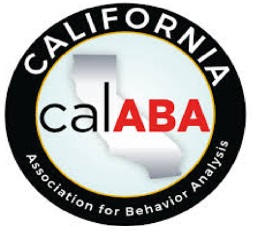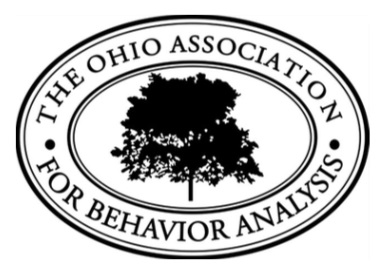How we help you
Create a positive learning environment
Do you recognize these Problems?
Is this what you want for your organization?
We serve many individuals with intense behavioral needs and although we respond to crisis very quickly there are still numerous injuries to staff and clients/students. Because of these injuries we are concerned about the constant threat of litigation.
Lately, crises are occurring so frequently that it is beginning to take a toll on our staff as evidenced by our increase in staff injuries, requests for reassignments, frequent absences (eating up our supplementary staffing budget) and sometimes even resignation.
We feel like we are in a “Catch-22” situation with the use of physical restraint. Everyone understands the importance of keeping people safe, however some people feel the individuals might be safer if no one restrained them at all. Additionally, it is very difficult to convince people that restraining them momentarily might be the best thing to do.
We are accustomed to working with individuals with a variety of behavior problems, but sometimes the problems are just so severe that we cannot maintain safety for the individual. When we cannot ensure safety for an individual due to uncontrollable behavior problems, we often end up referring them to a more restrictive placement which is always more expensive yet does NOT always mean that behavioral improvements will follow.
Our current system of crisis management is not meeting the needs of our organization. As a consequence, instead of being recognized for the good work we do, we are starting to become known for our high level of crises and we are concerned that this might affect our reputation
Although there have always been bits of pieces of various crisis management trainings that have worked here and there with some individuals and not with others, there is no consistent theme or philosophy that ties strategies and procedures together in a manner that integrates with our own philosophy of teaching and treatment. In fact some of the strategies suggested may run completely counter to what we know to be best practice.
We really want to give our staff the best training possible, but we fear that something thorough enough to actually meet our needs will be too expensive and/or time consuming; not only in terms of the initial start up costs and time, but in the maintenance of such a system annually on a facility-wide basis.
I would expect that even a safe and respected organization, serving very challenging individuals, would have at least some crisis-related injuries, but that they would be very infrequent and minor, not requiring medical attention
I would expect a safe and respected organization to have staff who look forward to coming to work because they know they can be safe and effective in their jobs. I would naturally expect such staff to give high job satisfaction ratings as well.
We would expect that a safe and respected organization should have buy-in for the judicious use of restraint. Not just from those who would directly benefit from its use, but from those who might normally object to its use. We don’t expect every player to be equally positive about the use of restraint, but we would expect that at least all players understand the importance of restraint and permit its use.
Most certainly part of being a safe organization means that the staff can keep themselves and the individual safe from harm. Part of being a respected organization would be that it ensures that staff acquire the skills that will help them be highly effective. These organizations are respected because they rise up to meet a new challenge through education and training. Organizations that “cherry pick” only those individuals who only have minor problems have not really achieved very much and are therefore far less respected by peers.
We would expect a safe and respected organization to use a system that is highly effective at preventing most crises and at stopping them safely when they do occur. We would also expect that the chosen system actually improves our reputation rather than ruins it.
A respected organization would use a system that is cohesive from start to finish and that aligns with our evidence-based educational and treatment practices.
That organization would get the right type of crisis management system, one that is affordable and can be implemented with the least amount of disruption to the organization.
Here is how you move from an organization bewildered by failing crises management to a respected organization with a safe and positive learning environment. It is by using the PCMA Safe Organization Prescription
The PCM Safe Organization Prescription is the solution for organizations that want to become a safe organization that can focus on its core product or service. For example, if your organization is a school, you obviously want your teachers to focus on teaching, or if you are a residential facility your staff would focus on teaching independent living skills. After all, that is what your organization exists to do, not to be cops that focus on crises.
Using the PCMA Safe Organization Prescription, is like finally getting the right antibiotics during an infection. It works. Not only because the PCM system is based in the science of Behavior Analysis, or because the physical procedures were designed to be both humane and dignified. It works because the system has been time-tested in a wide range of human services settings by
thousands of highly experienced members of the PCMA. Finally, it works because we’ve carefully designed the roll-out of the PCM system with an eye towards minimizing any sources of disruption to your organization. Finally, it works because we’ve carefully designed the roll-out of the PCM system with an eye towards minimizing any sources of disruption to your organization.
The Context. How to fully adopt the PCM training while keeping organizational disruption at a minimum.
We married PCM, arguably the best Crisis Management Methodology that is available today, with the Time tested Project Management techniques such as taught by the Project Management Institute. After all, you not only want to buy the best Professional Crisis Management practices, you also want it successfully adopted in your organization with the least amount of disruption.
Because, let's face it, your primary business is not Crises Management, nor should it ever be.
THE PCMA Safe Organization Prescription explained
The PCMA Safe Organization Prescription is a methodology to move an organization from the place where it does not want to be, 'point A', which is a place that is disrupted by too many crises, to 'point B' the place where your organization wants to be, which is being a safe, and effective organization.
Once your organization has decided it will acquire PCM, it does not want to reinvent the wheel in trying to figure out how to embed this new system, it simply should take the best business practices, in the right order, that have been developed and field tested by other members of the PCMA. That is what the PCMA Safe Organization Prescription is: A set of time-tested best practices grouped in a set of steps to make certain PCM is adopted in the most efficient manner.
It is broken down in three main stages:
- The Train stage: where the organization focusses on the 'Train the Trainer concept'
- The Roll Out stage, where the focus is on getting all the relevant people in the organization to be practioners of PCM.
- The Support stage, where the focus is on the most efficient and effective ways to have the organization grow with PCM, i.e. 'safety as second nature'.
Each stage is broken down into three major steps, thus turning the PCMA Safe Organization Prescription into a '3 by 3' system of 9 steps.
Since there is a wealth of material available, all designed to address a wide range of challenges, we decided to give each step its own webpage. You can find them under the buttons below
Click on these buttons representing the TRAINING stage to learn more
Click on these next buttons representing the ROLL OUT stage to learn more
These last three buttons represent the SUPPORT stage; click to learn more
Testimonial

"I am the Assistant Director of a private program that provides services for children with developmental disorders and/or behavioral challenges.
I was recently trained as an Instructor for PCM. Since implementing PCM in our program, we have put an emphasis on crisis prevention. In shifting our focus towards crisis prevention strategies, there has been a reduction in crisis behaviors. For example, by changing the environment for a young man, his behaviors have stayed at the pre-crisis level before returning to stabilization.
In using PCM immobilization for another student, we have seen a significant decrease in the crisis phase. Before PCM, a crisis for him would last a few hours. Since PCM has been implemented, the crisis phase has been under ten minutes allowing him to return to other activities much quicker.
For our program, we have seen some positive chances using PCM."
Mary Margreiter, CTRS
Assistant Director Rivendale/The Arc Of The Ozarks
Do you want your organization to be a safe place where all attention can be put on its core mission?




A sample of the Applied Behavior Analysis Associations we participate with

